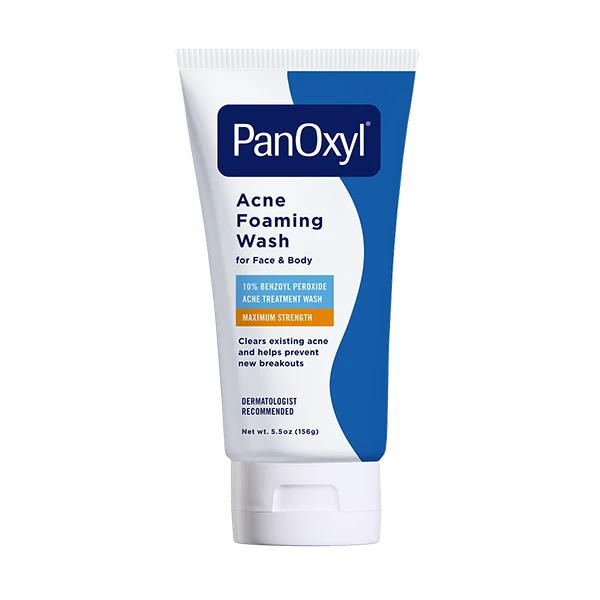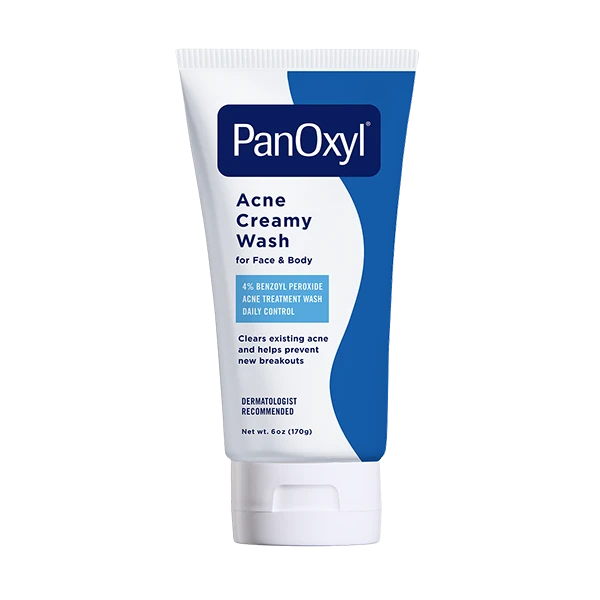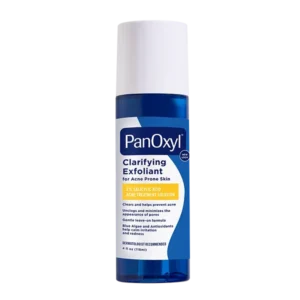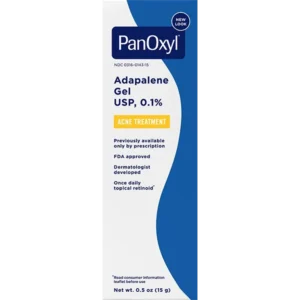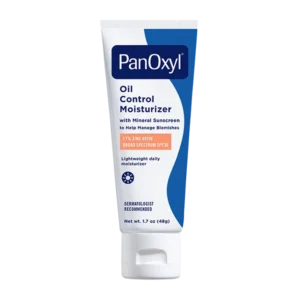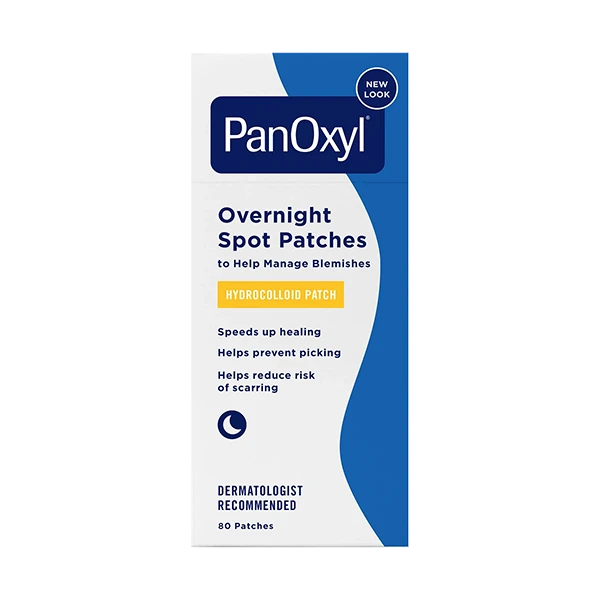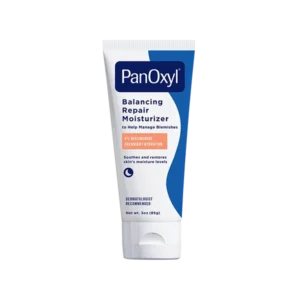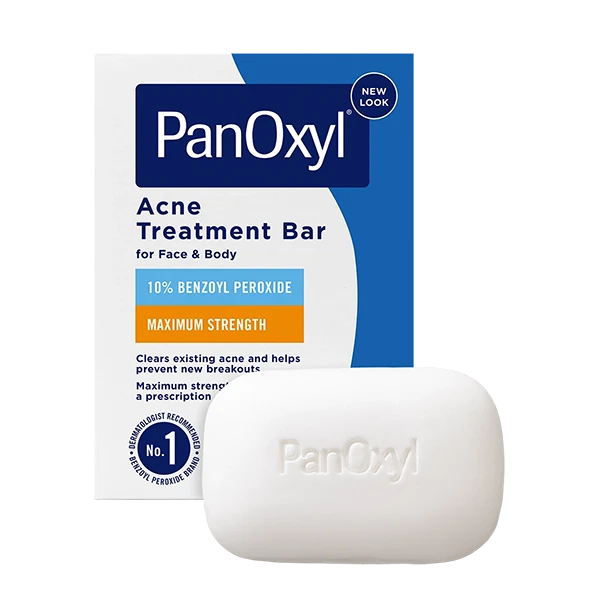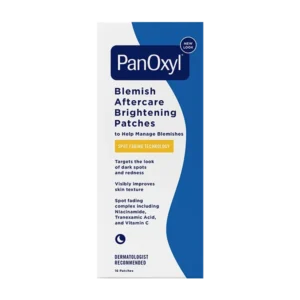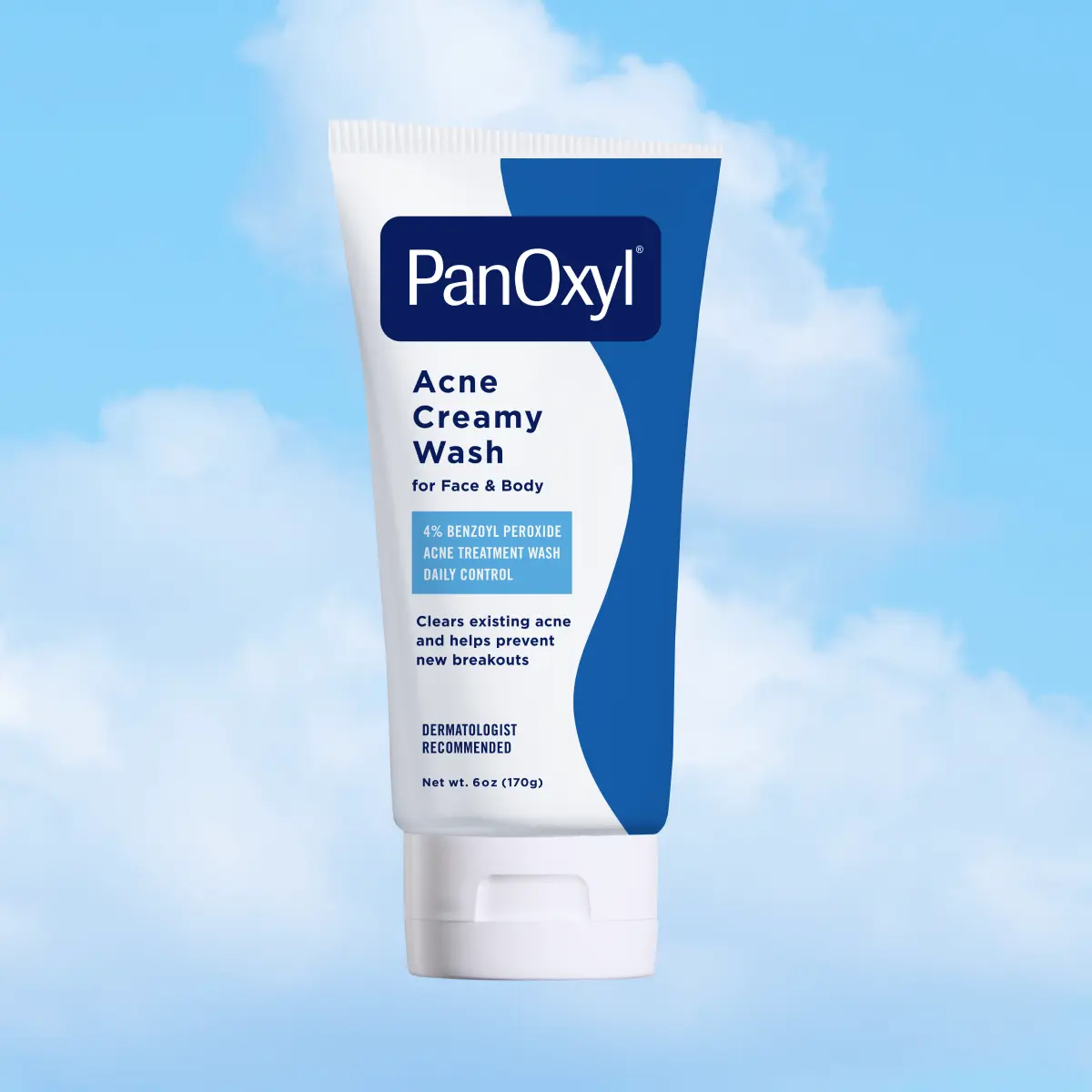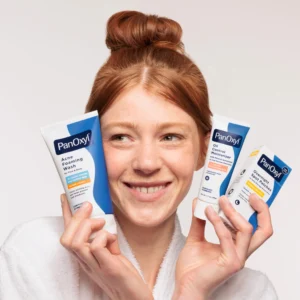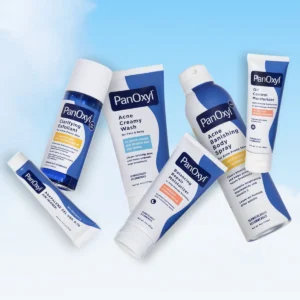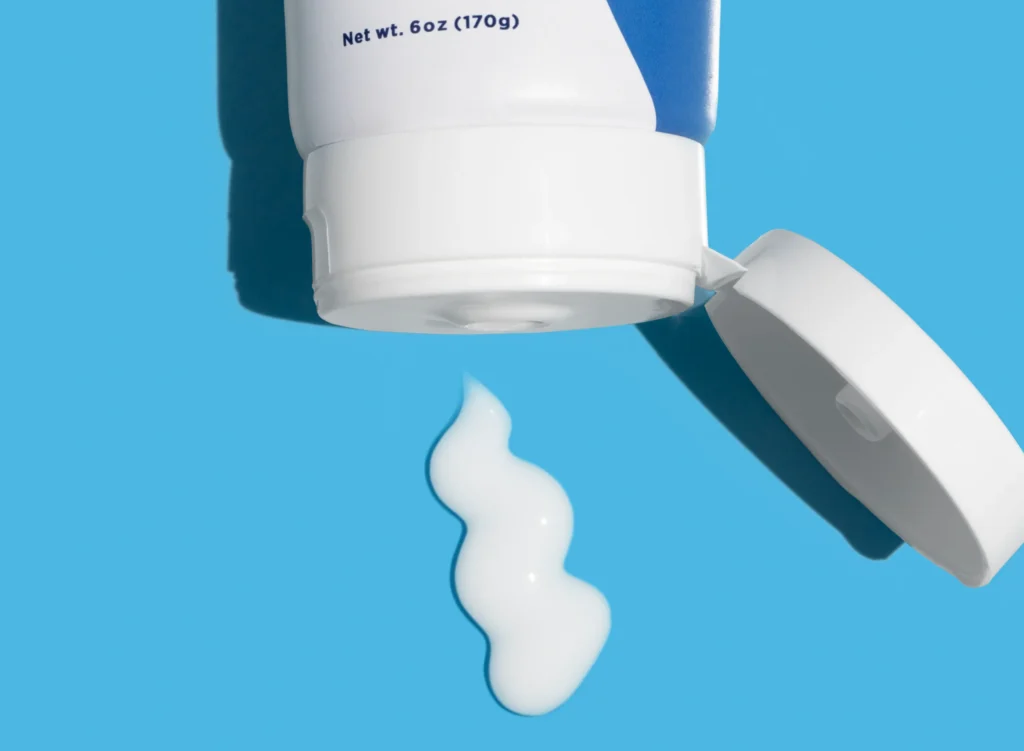If you are between 15 to 40, you know about acne. It is the most common skin condition that affects between 40 to 50 million Americans annually.
Acne can develop on your face, back, or chest. Some breakouts can be red, inflamed painful and uncomfortable. It’s common for people with acne-prone skin to touch, squeeze or excessively clean the area, hoping for them to go away. Unfortunately, that only makes it worse.
The good news is that many over-the-counter medicines might work for you. The bad news is that if they are not suitable for your skin type, it can worsen the condition. Because acne affects so many people, there are more myths than you can count bouncing around about what causes acne and how to treat acne.
We’re here to expose some of those myths so that you know the facts. We’ll also give you some tips to help clear your skin.
Breakouts Effect More Than Your Skin
While acne affects roughly eight to ten percent of the population (40 million people is a lot of people!) and should be normalized by now, it can still put a damper on your self-confidence and self-esteem. We’re here to tell you you’re gorgeous (or handsome) just for being you, but we get it. Clear skin is a wow factor and we’re here to help you achieve clear, healthy skin with our effective acne treatments. The sooner you start treating acne, the faster your skin will heal, so don’t put it off.
What Causes Acne?
Usually, it’s one or more of these four main culprits:
- Excess skin cell turnover
- Bacteria
- Overactive oil gland or sebum production
- Hair follicles that become clogged by oil or dead skin
The leading cause of acne is blocked pores and excess oil production called sebum. It allows acne bacteria to thrive and can lead to red, inflamed pimples.
Before rushing out to find a quick solution, let’s check out the following myths and then show you the right way to treat acne.
Acne Myth #1 – Poor Hygiene & Makeup Causes Acne
Dirty skin does not necessarily cause acne. Most of what triggers breakouts occurs within the pore—not on the surface. Just washing your face with regular soap and water won’t help get rid of the bacteria, dead skin cells, and excess oils clogging your pores.
Some people think that your pores open and close like tiny valves. That’s simply untrue. However, they do collect dirt, makeup, and oil. Leaving pores clogged creates an environment that allows acne-causing bacteria to thrive.
Cleanse and treat the affected areas twice daily with a cleanser that contains an acne fighting ingredient such as benzoyl peroxide. This active ingredient kills acne-causing bacteria and helps to remove excess oils and dead skin cells from clogged pores.
Regarding makeup, using
Acne Myth #2 – Your Diet is the Culprit
The debate about this one rages on, but the American Academy of Dermatology (a group of really smart and experienced skin experts) says there is evidence that avoiding high-glycemic foods (foods that raise your blood sugar quickly) can lead to fewer breakouts. Unfortunately, these foods include some of the loves of our life: white bread, potato chips, French fries, doughnuts, sodas, and ice lattes.
While there is no direct link to acne and diet, scientists and dermatologists say there’s not enough evidence to prove that there’s nothing going on here. Doctors say early studies that suggested there wasn’t a connection between your morning chai tea latte and the zit on your chin, but the evidence was not conclusive on the matter. So, if you’re looking to clear your skin, reducing sugar, and eating a balanced diet definitely can’t hurt.
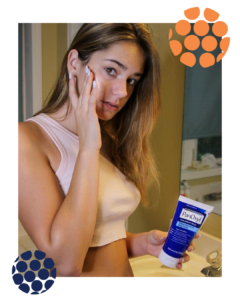
Acne Myth #3 – All Acne Treatments Are Equal
You can buy various acne treatments without a prescription, but they are not alike because the ingredients and strengths are different.
The two most common active ingredients to treat acne are . There is a significant difference between these two.
Salicylic Acid is a chemical known as a beta hydroxy acid or BHA. It’s an oil-soluble acid that chemically exfoliates your skin. It is a peeling agent that speeds up the shedding of dead skin cells, unblocking pores, breaking down blackheads and whiteheads.. For best results, it needs to remain on the skin for a few minutes.
Benzoyl peroxide works to clear breakouts by killing acne-causing bacteria and unclogging pores. This dermatologist recommended treatment comes in various strengths when available over-the-counter. Check out PanOxyl’s 4% Daily Cream Wash for daily maintenance of mild breakouts or the 10% Acne Foaming Wash for a maximum strength treatment to gain control of breakouts.
Acne Myth #4 – Wash More and Use Extra Treatments
You need to wash your face daily to remove excess oil and skin cells. But washing too often or scrubbing too hard will dry and irritate your skin. Dry skin is more prone to bacterial infections because the natural barriers in your skin become weak. Keep your face moisturized and steer clear of harsh toners and other products that use alcohol.
Another myth is that you should use more acne medicine and apply it more often. That’s a terrible idea! Using too much acne medicine or applying it too often will irritate and dry your skin, adding to the problem.
Always follow the directions for the best results. For PanOxyl’s Benzoyl Peroxide Acne Creamy and Acne Foaming Washes, start with one application daily, then gradually increase to two or three times daily if needed or as directed by a doctor. If bothersome dryness or peeling occurs, reduce application to once a day or every other day.

Acne Myth #5 – You Can Cure Acne Overnight
One big acne myth is that overnight spot treatments will cure acne pimples by the time you are ready to go out the next day. We all wish it were true, but it doesn’t happen. There is no magic cure that will clear zits overnight.
Even prescription acne medicines can take up to eight weeks to clear up a breakout. But that doesn’t mean you shouldn’t use overnight treatments. They won’t magically get rid of acne overnight, but they can help!
PanOxyl’s Overnight Spot Patches absorb spot secretions to help speed up healing and protects blemishes to help reduce the risk of scarring. In the morning, you remove the patch along with the gunk it collected while you slept.
For even better results, wash your skin with a PanOxyl benzoyl peroxide acne wash before applying a patch.
There are more acne myths out there, but these are the five most common ones. While some are not entirely wrong, the facts got misconstrued. Use proven methods and products to treat your acne and clear your skin. And remember to celebrate progress in your skincare journey! Progress is greater than perfection.
How PanOxyl Can Help Clear Your Skin
PanOxyl’s acne treatment products help treat acne blemishes when used as directed. The active ingredient benzoyl peroxide kills acne-causing bacteria, allowing your skin to heal faster.
PanOxyl’s 4% Daily Cream Wash and 10% Acne Foaming Wash remove dead skin cells and excess oil. It breaks the acne cycle and prevents new pimples from forming. For oily skin, try our Oil Control Moisturizer to absorb excess oil and shine and mattify oily skin.
PanOxyl’s PM Overnight Spot Patches work overnight for faster healing. These hydrocolloid patches cover blemishes to help prevent picking, which can cause permanent scarring.
To get the best results, stick with a routine using the same PanOxyl skin care products for at least four weeks. This is how long the American Academy of Dermatology says it can take to see results from an acne treatment. Cleanse your face and moisturize daily, preferably every morning and night. Persistence is the key to healthy, blemish-free skin.
